Epoxy Grout(3 Part)
- Achieves high mechanical strengths
- It has high resistance to dynamic vibrations
- Has high resistance to impact and structural seismic
Description
Epoxy Grout(3 Part)
For the installation and stabilization of industrial machinery and heavy equipment, the use of ordinary mortars and construction concrete is not sufficient. In such projects, factors like compressive, tensile, and flexural strength are of significant importance, as these structures typically exert considerable forces on their supports. This is especially true when installing mobile equipment with severe dynamic vibrations (such as impact presses, guillotines, etc.), where these forces are highly noticeable.Therefore, ordinary mortars cannot withstand such forces, and the use of specialized mortars like Epoxy Grout(3 Part) is essential.
Epoxy grout (three-component) is a non-flowing mortar that is widely used for the installation and stabilization of heavy industrial equipment on horizontal, vertical, and overhead surfaces. This type of grout, in addition to its high mechanical strength, also exhibits excellent resistance to acids, chemicals, oils, greases, petroleum, salts, and other corrosive substances.
Epoxy grout is shrinkage-free and provides excellent adhesion to concrete. Furthermore, the use of this three-component grout ensures strong, non-shrinking adhesion to both metal and concrete.
Epoxy grout is a material that significantly accelerates the work process. However, selecting the appropriate grout and ensuring proper application must take into account environmental conditions and various requirements, including its stability and durability.
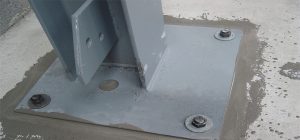
Features Epoxy Grout(3 Part)
- Provides very high mechanical strength
- Strong adhesion to metal and concrete without shrinkage or cracking
- Resistant to dynamic vibrations and harsh conditions
- Excellent resistance to impact and structural vibrations
- Exceptional chemical resistance to corrosive materials
- Suitable fluidity with excellent flowability
- Self-leveling ability for smooth and uniform surfaces
- High compressive, tensile, and flexural strength
- No shrinkage after curing, ensuring stability and preventing cracking
- Excellent resistance to water and moisture penetration
- High tolerance to temperature and thermal changes, resistant to them
More products ; grout
Applications
- Ideal for stabilizing heavy machinery with dynamic loads on foundations
- Capable of filling voids under chassis and base plates
- Suitable for rebar installation (anchoring)
- Useful for installing and stabilizing crane rails and railway tracks
- Capable of filling voids around bolts
- Perfect for installing and stabilizing crushers and stone cutting machinery
- Suitable for stabilizing stationary machinery in refineries, petrochemical plants, and power stations
- A good choice for pouring under base plates that require rapid operation
How to Use
All surfaces where epoxy grout will be applied must be completely free of contaminants, grease, paint, and other foreign materials.
If there are any weak or loose spots on the surface, they must be mechanically removed.
The surface underneath must be dry and free from any moisture, with the moisture content of the concrete being less than 6%.
Ensure that the surface to be grouted has reached its final set (28 days after placement) before applying the epoxy grout.
Metal surfaces in contact with the grout must be thoroughly degreased.
To prepare the mixture, combine the two liquid components (resin and hardener) using an electric mixer (drill with a mixing paddle) for one minute.
Then, slowly add the powder component (over about one minute) to the liquid mixture, while continuing to mix with the electric mixer until a homogeneous mixture is achieved.
Pour the prepared epoxy grout continuously and at an appropriate height from one side of the surface. If the area is large and long, you may increase the pouring height to generate more pressure, helping the grout flow more easily into distant areas.
Technical specification table
| state of | Powder + liquid |
| Color | The color of component A is a colorless liquid The color of component B is a colorless liquid The color of component C is gray powder |
| Special Weight | gr/cm3 8/1 |
| Standard | ASTM C 1181 D 695 |
Package
10kg collection

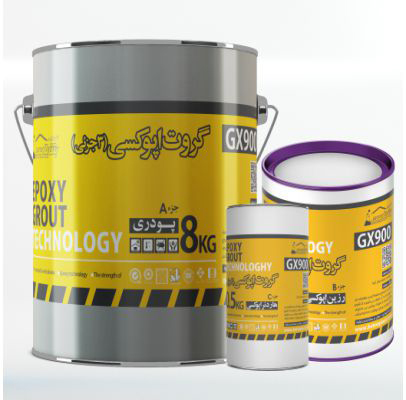
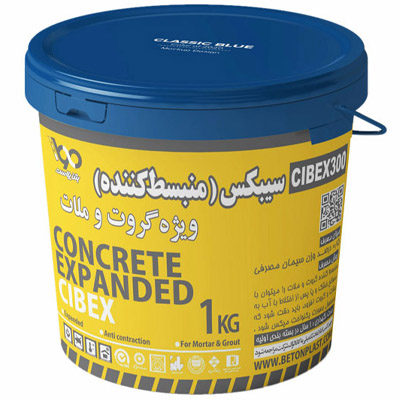
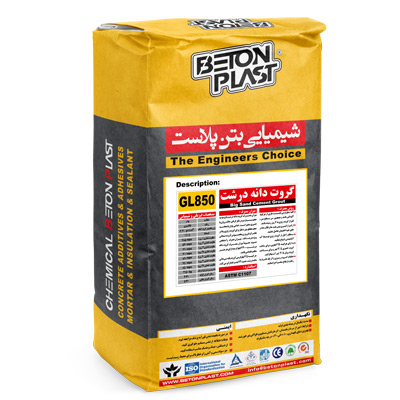

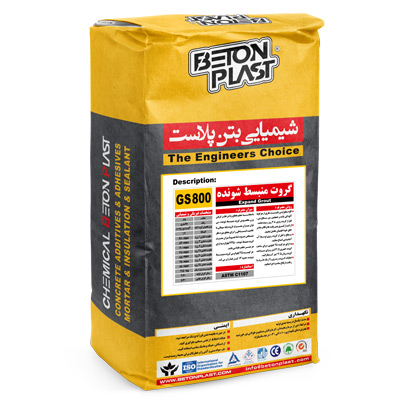
Reviews
There are no reviews yet.